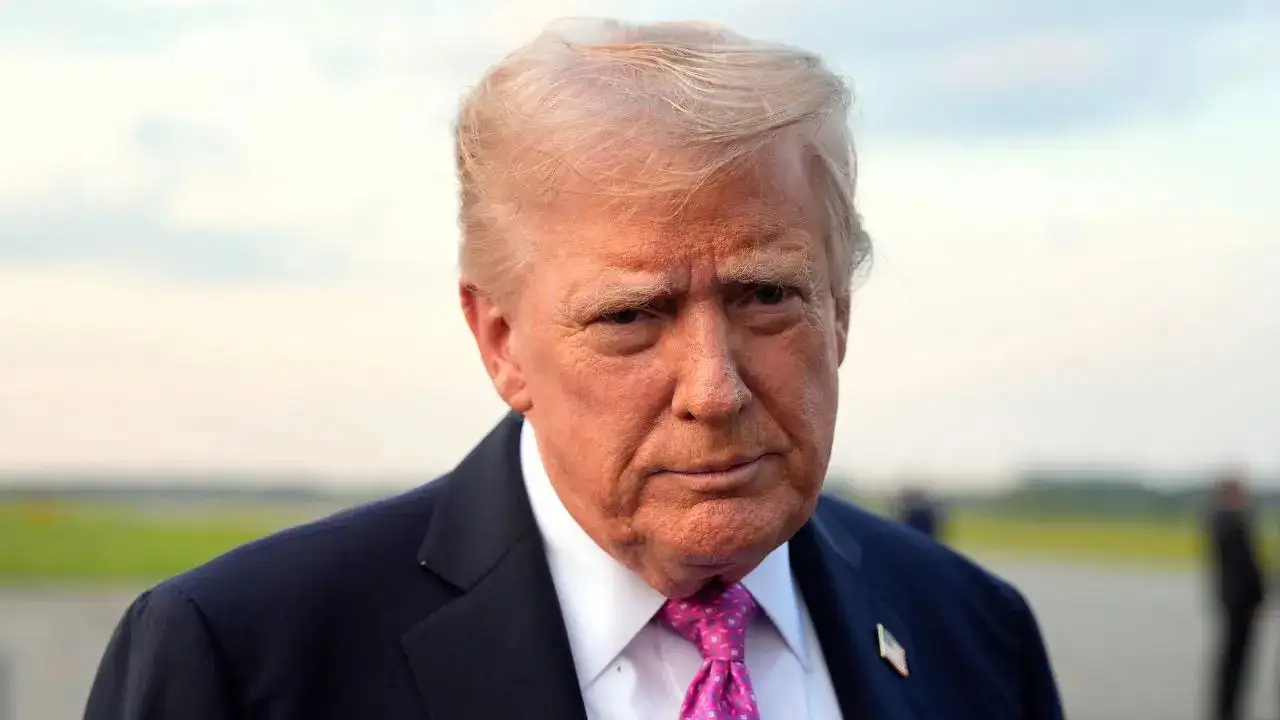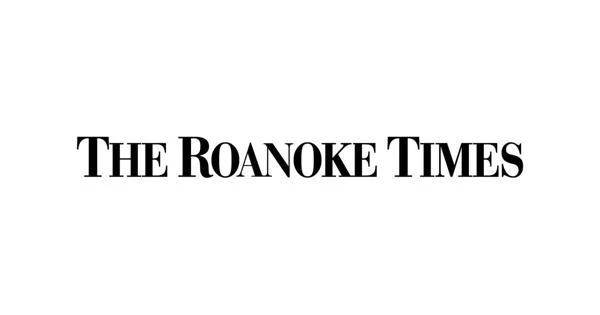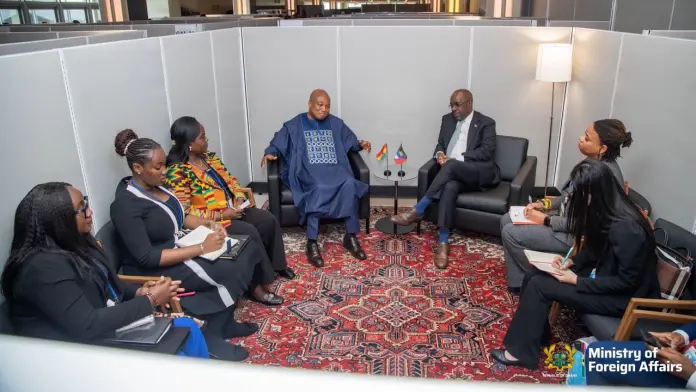H-1B Shake-Up: Will Trump’s Weighted Visa System Hurt Indian IT, Or Hand It A Surprise Advantage?
By Samannay Biswas
Copyright timesnownews

After slapping a $100,000 fee hike on H-1B visas, US President Donald Trump’s administration has unveiled yet another dramatic shift: scrapping the current random lottery for visa selection and replacing it with a weighted system favoring higher-paid, more experienced applicants. For years, Indian IT firms have been the largest beneficiaries of H-1B visas. At first glance, this change looks like a direct blow to them. Yet, experts argue the new framework could be a double-edged sword , hurting entry-level hires but rewarding mid-level professionals, an area where Indian IT firms already hold a competitive edge. What Is the Weighted H-1B System? The US Department of Homeland Security (DHS) has proposed a ranking system to allocate visas.Applicants will be classified into four Wage Levels under US labor standards.Each wage level carries multiple “entries” into the visa pool: Level I (entry-level): 1 chanceLevel II (mid-level): 2 chancesLevel III (experienced): 3 chancesLevel IV (senior roles): 4 chances This means higher-paid workers have better odds of selection, reducing the chances for entry-level coders but improving them for more seasoned professionals. Why the US Is Making the Change The Trump administration says the overhaul aims to: Prioritize premium, high-skill talent.Curb the reliance on cheaper foreign labor.Incentivize firms to pay more competitive wages.Align visa policy with the political goal of “protecting American jobs.” The Indian IT Angle: Threat or Opportunity? The Risk Side Outsourcing companies relying heavily on Level I hires , junior coders, fresh graduates, or entry-level engineers , will find it harder to place workers in the US .Smaller staffing agencies and onsite placement providers, many of whom operate on slim margins, may see their business models collapse.Indian IT firms still lag big US tech companies in pay. For example, the average H-1B salary at Cognizant or Infosys is about $84,000 , nearly 40% lower than Apple or Google. The Opportunity Side A Washington-based think tank, the Institute for Progress (IFP), found that Indian IT majors could actually gain up to 8% more visas because they already hire at Wage Levels II and III.Roughly 85% of Indian IT staff fall into these mid-level wage bands, compared to only 60% at other firms.This means Indian outsourcing giants like TCS, Infosys, Wipro, and HCLTech could outperform expectations under the new regime.Experts believe this may also accelerate a strategic shift to offshore GCCs (Global Capability Centers) in India, where firms can scale up without visa hurdles. What Experts Are Saying Jeremy Neufeld, IFP: “Level IV doesn’t always mean high pay. Some Level II jobs pay more than Level IV roles. The system favors experience over genuine high-skill, high-wage jobs.”Preeti Sharma, BDO India: “The H-1B system is becoming a premium, wage-driven mechanism. Firms will keep only core, senior roles in the US and shift bulk hiring offshore.”Deepti Thakkar, Nishith Desai Associates: “American companies will need to rethink entry-level hiring, depending more on local graduates and reserving H-1Bs for mid-level talent.”Atul Gupta, Trilegal: “Cost-driven strategies like training cheaper recruits won’t scale. Quality and professional training will ultimately decide success.” Wider Implications for India and Global Talent Flows US giants like Amazon, Microsoft, Apple, and Google remain among the top H-1B sponsors. But rising costs and wage-based rules will push more firms to offshore work to India.India already hosts 1,700+ Global Capability Centers, projected to hit 2,200 by 2030 with a market size near $100 billion.Competing countries like Canada, the U.K., and Germany are aggressively offering visa-friendly alternatives, trying to poach Indian tech talent.A parallel risk looms: the proposed HIRE Act in the US , which could impose a 25% outsourcing tax, potentially disrupting India’s $283-billion IT export industry. Trump’s proposed weighted H-1B system marks a fundamental redesign of how the US admits skilled workers. For Indian IT, the shift could mean fewer opportunities for freshers, but also better odds for experienced professionals , a balance that might, paradoxically, work in their favor. As one analyst put it: “This isn’t the end of Indian IT in America , it’s the start of a new game where experience, not just cost-efficiency, will decide the winners.”



